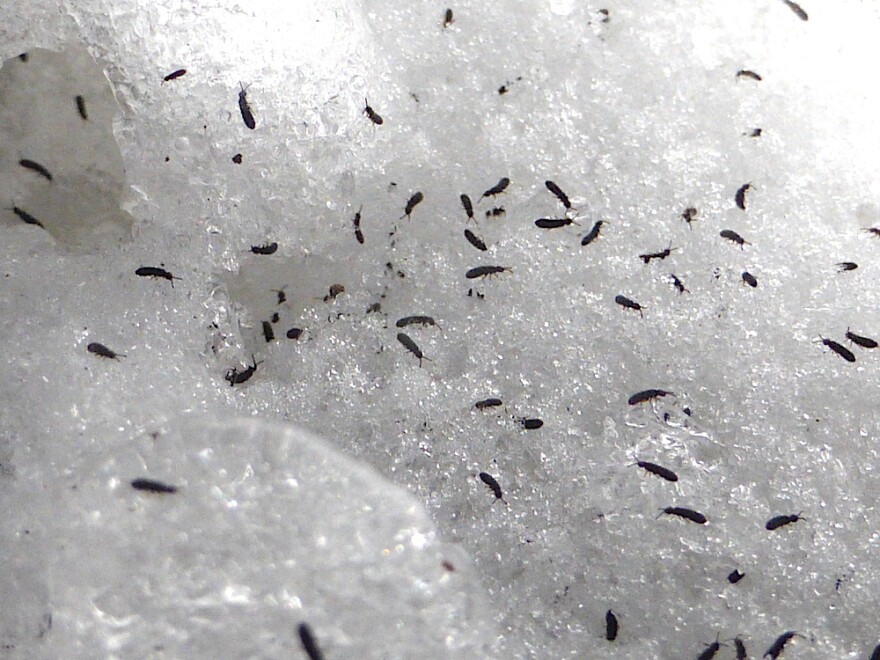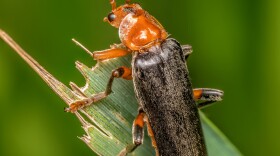While out exploring during winter, you may come across an area of snow that appears to have been sprinkled with pepper. There are small black dots all over the place. If you take the time to look closely, you may notice that these dots are slowly moving — sometimes even jumping.
You’ve discovered springtails, commonly called snow fleas. No, these are not real fleas — the parasites that feed on the blood of dogs, cats, birds, rats and sometimes people. But just like a real flea, springtails are impressive jumpers.
Rather than using powerful legs to jump, snow fleas launch into the air from a tail-like body part that is bent to fit into a latch on the underside of their abdomen.
Just like a spring ready to be sprung, when released this tail-like body part will catapult the snow flea into the air — up to 100 times its own body length.
If a 6-foot-tall human could do the same, that’s the equivalent of jumping the length of two football fields in one jump.
Snow fleas prefer moist living conditions and are thought to be one of the most abundant macroscopic animals with estimates of up to 100,000 per square meter of ground.
While they can be found year-round, at only about 1/16 of an inch long, you’ll have a tough time easily seeing them without a background of snow.
So, the next time you’re exploring the woods in winter, take a closer look at what may appear to be black specks on top of the snow. Despite the cold, you can surprisingly find snow fleas (and a number of other arthropods) still out and about.





